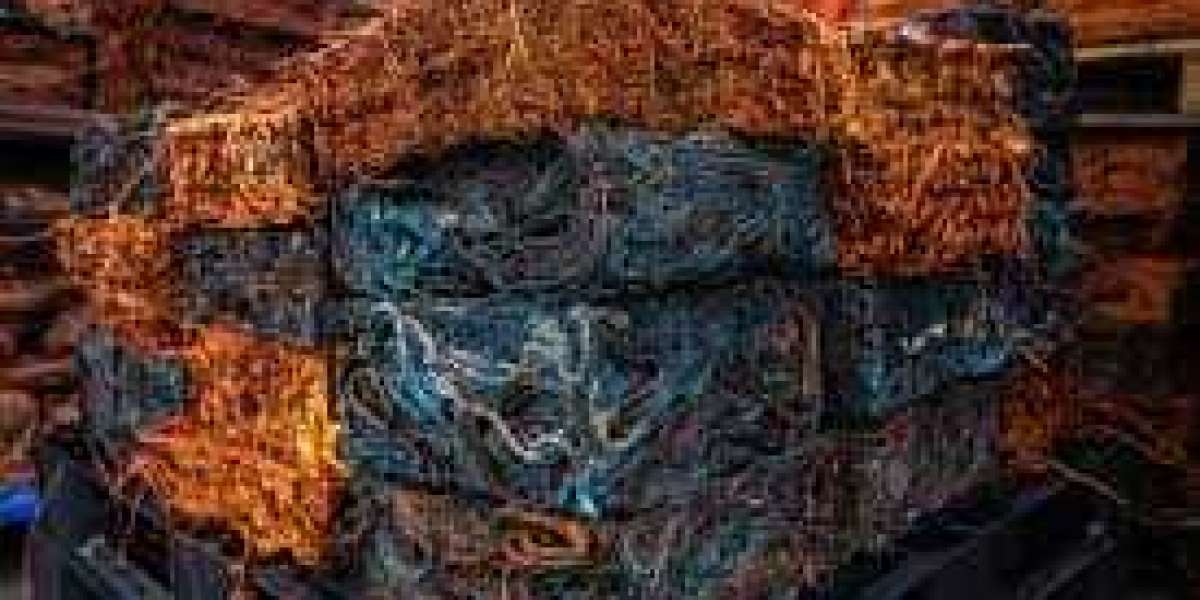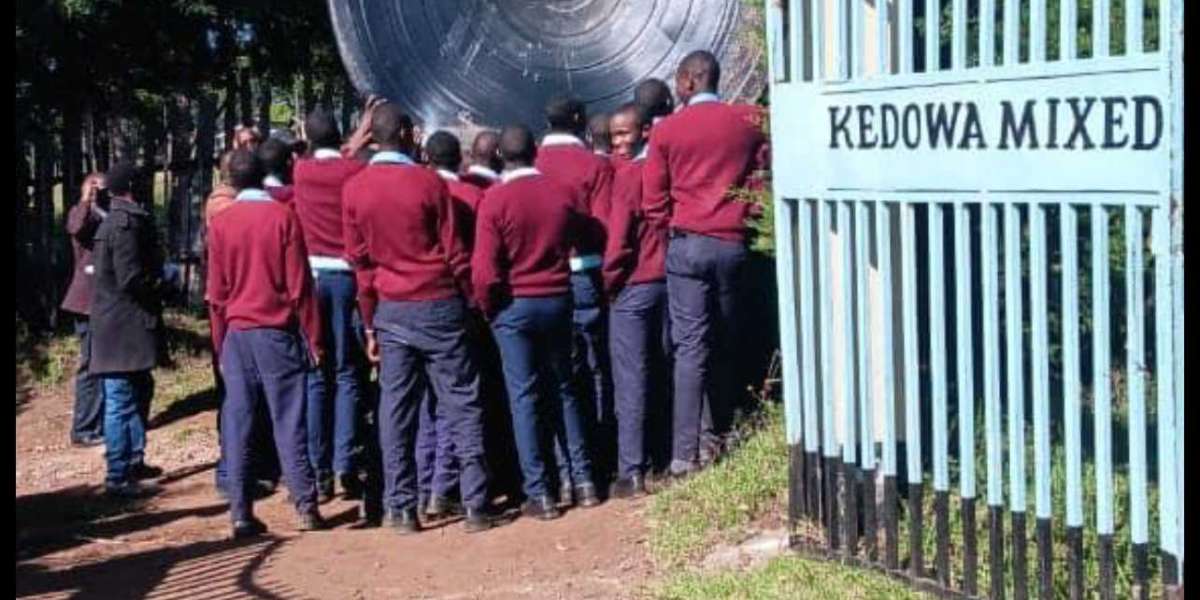Copper is one of the most valuable and widely used industrial metals in the world. Known for its excellent conductivity and durability, copper plays a crucial role in electrical systems, plumbing, construction, and electronics. However, the extraction and processing of virgin copper ore can be energy-intensive and environmentally damaging. That's where scrap copper recycling comes into play—a sustainable, economically viable solution that reduces environmental impact while conserving natural resources.
The Importance of Copper Recycling
Copper is 100% recyclable without any loss of quality. In fact, recycled copper accounts for a significant portion of copper used worldwide. The recycling process requires up to 85% less energy than primary production, resulting in lower greenhouse gas emissions and reduced dependence on mining activities.
Recycling also helps reduce the amount of waste sent to landfills and mitigates the harmful effects of mining, such as soil degradation and water pollution.
Sources of Scrap Copper
Scrap copper is broadly categorized into two types:
Bare Bright Copper: The most valuable type, consisting of clean, unalloyed, and uncoated copper wire.
Mixed Copper: Includes items such as copper pipes, insulated wires, old appliances, electrical motors, and plumbing fixtures.
Scrap copper is collected from households, demolition sites, electronics manufacturers, and industrial operations.
The Recycling Process
The process of recycling copper typically involves the following steps:
Collection and Sorting: Scrap is gathered and sorted by type and purity.
Stripping and Cleaning: Contaminants like insulation, coatings, and solder are removed.
Shredding and Melting: The cleaned copper is shredded and melted in a furnace.
Purification: Electrolysis or other purification techniques are used to ensure high-quality output.
Casting and Reuse: The purified copper is cast into rods, bars, or sheets for reuse in new products.
Economic and Environmental Benefits
Cost Savings: Industries save money by using recycled copper, which is cheaper than virgin metal.
Job Creation: The recycling sector supports thousands of jobs in collection, processing, and resale.
Energy Efficiency: Recycled copper uses a fraction of the energy compared to mining and refining new copper.
Sustainability: Recycling contributes to a circular economy, where materials are continuously reused rather than discarded.
Challenges in Copper Recycling
Despite its benefits, copper recycling faces challenges such as contamination, price fluctuations, and illegal scrap exports. Ensuring efficient sorting, promoting responsible recycling practices, and enforcing regulations are essential for the industry's long-term success.
Conclusion
Scrap copper recycling is more than just a business—it's a key part of a sustainable future. By supporting copper recycling efforts, both individuals and industries can contribute to environmental protection, economic growth, and resource conservation.








